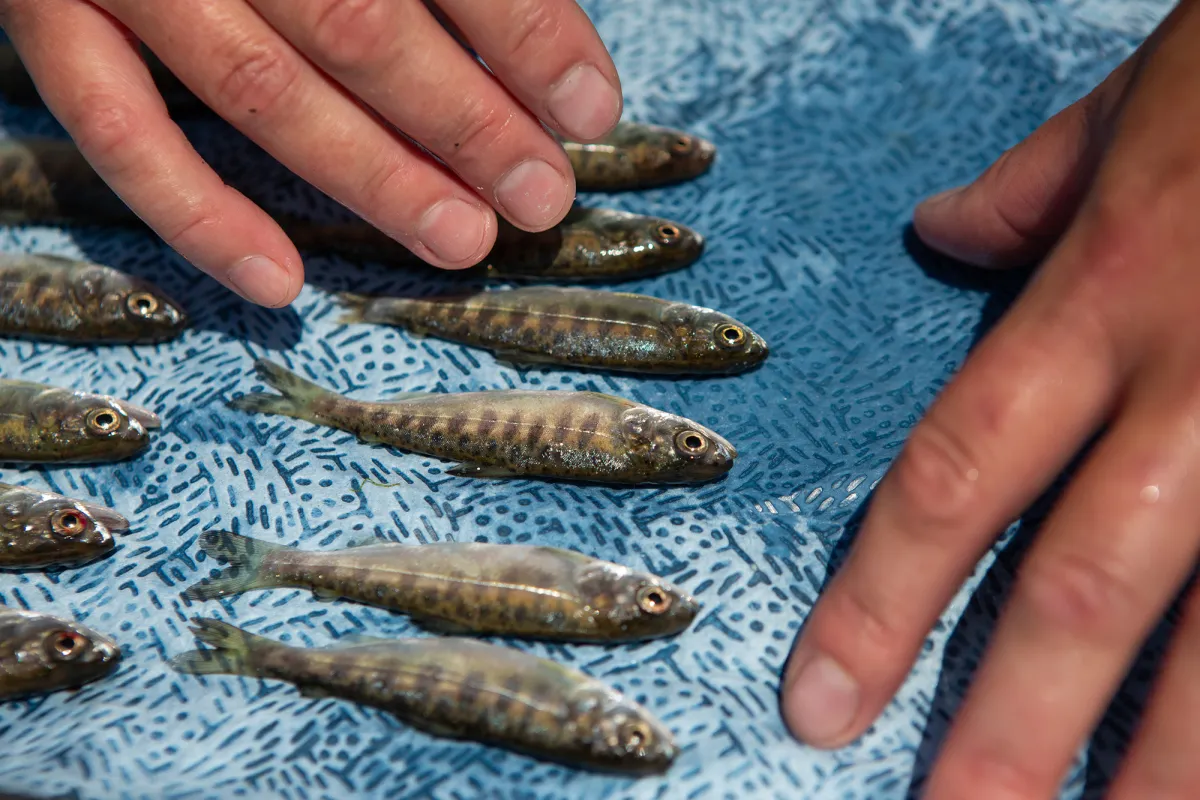California Governor Gavin Newsom has unveiled a bold and comprehensive initiative, California’s Salmon Strategy, aimed at safeguarding the state’s salmon populations. The strategy, announced on January 30, is designed to counter the detrimental impacts of hotter and drier weather associated with climate change, which has adversely affected salmon populations. This critical initiative comprises six priorities and outlines 71 specific actions to rejuvenate and preserve salmon populations in the state.
The Chinook salmon population, a key species, has faced severe challenges, with projections indicating “historic lows” after a decade marked by drought conditions and increasingly extreme weather events in California. Recognizing the ecological significance of salmon, Governor Newsom’s office emphasized their vital role in sustaining California Native Tribes and supporting a multi-million-dollar fishing industry.
The Salmon Strategy unfolds as a multifaceted approach, focusing on various aspects crucial to the well-being of salmon populations. Some key priorities and actions include:
- Strengthening Partnerships with Tribal Nations: Recognizing the integral role of tribal nations in salmon conservation, the strategy prioritizes building and reinforcing partnerships with these communities. Collaborative efforts with tribal nations are essential for the success of conservation initiatives.
- Restoring Habitat: Rehabilitating and preserving natural habitats are central to the strategy. The initiative seeks to address the environmental factors contributing to declining salmon populations by implementing habitat restoration projects. This may involve re-establishing critical spawning grounds and enhancing overall habitat quality.
- Modernizing Infrastructure for Salmon Migration: Acknowledging the impact of human-made structures on salmon migration, the strategy aims to modernize infrastructure to facilitate safer and more efficient salmon migration. This could involve removing barriers such as dams or implementing fish-friendly infrastructure to enhance migration routes.

Read more:
- No Trump Support: GOP Candidate Mazi Pilip in NY Won’t Back Trump if Criminally Charged
- Governor Hochul Signs Bill Redefining Rape in New York
- California Gun Control Law Back in the Legal Spotlight
- Iran Bombing Urged by Hawks, Barbara Lee Stands Firm on Peace
Governor Newsom personally visited salmon restoration sites in Humboldt County on January 29, engaging in discussions about the tangible benefits that the Salmon Strategy could bring to California communities. This hands-on approach underscores the commitment of the state’s leadership to actively participate in and oversee the implementation of the strategy.
The Salmon Strategy represents a crucial step in addressing the multifaceted challenges faced by salmon populations. Beyond the immediate ecological implications, the initiative recognizes the broader societal and economic impacts associated with declining salmon numbers. California Native Tribes, whose cultural practices and traditions are intertwined with salmon, stand to benefit from the revitalization efforts.
Moreover, the fishing industry, a significant contributor to the state’s economy, relies heavily on healthy salmon populations. By addressing the root causes of salmon decline and implementing targeted actions, the strategy aims to strike a balance between conservation efforts and sustaining economic activities linked to salmon fishing.
In addition to the current announcement, the state has demonstrated a sustained commitment to salmon restoration over the past three years. Governor Newsom’s administration has allocated a substantial $796.4 million towards various salmon restoration initiatives, underscoring the long-term and comprehensive nature of California’s approach to preserving this iconic species.
The Salmon Strategy aligns with broader environmental conservation goals and reflects a proactive response to the challenges posed by climate change. By recognizing the interconnectedness of ecological, cultural, and economic factors related to salmon, the strategy exemplifies a holistic and collaborative approach to address the complex issues surrounding declining populations.
As the Salmon Strategy takes shape, ongoing engagement with communities, environmental experts, and tribal nations will be essential for its success. The commitment to transparency, inclusivity, and science-based decision-making will contribute to the effectiveness of the strategy in ensuring a sustainable and thriving future for California’s salmon populations.

